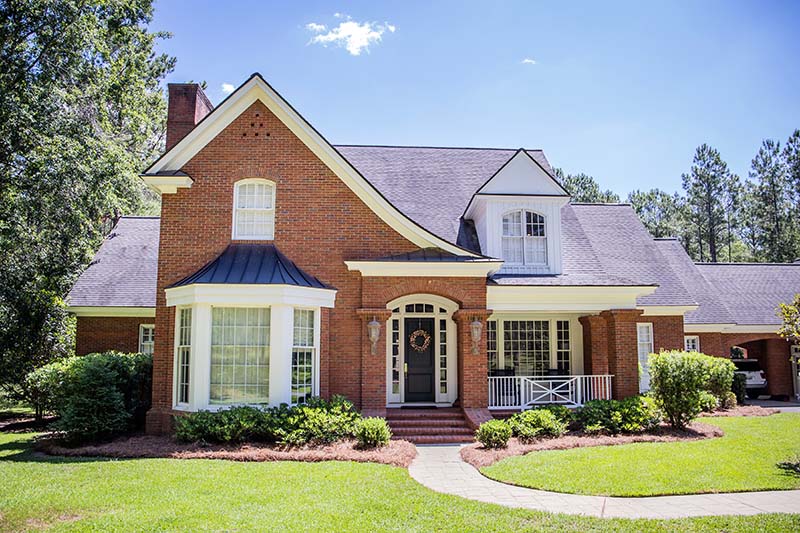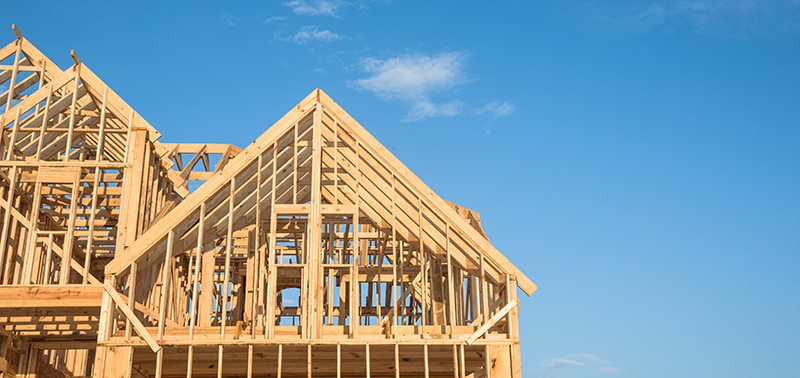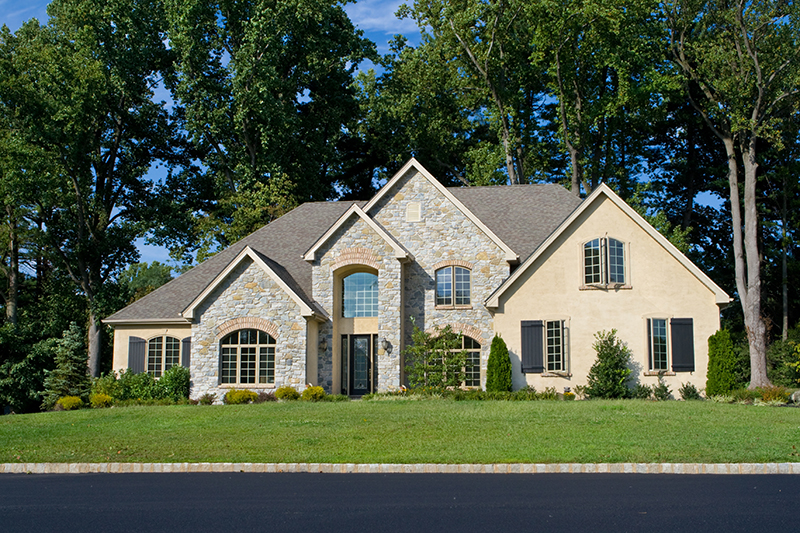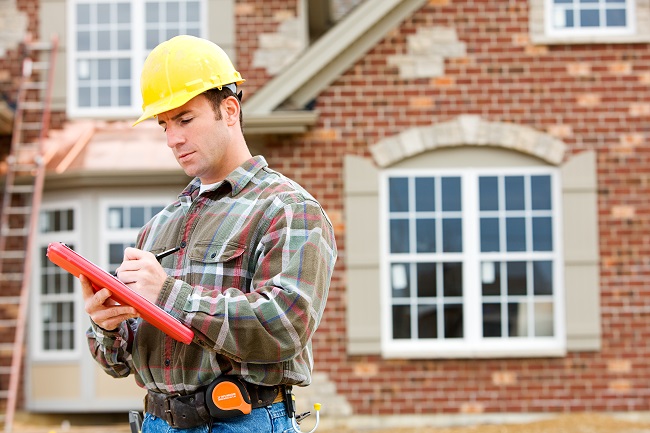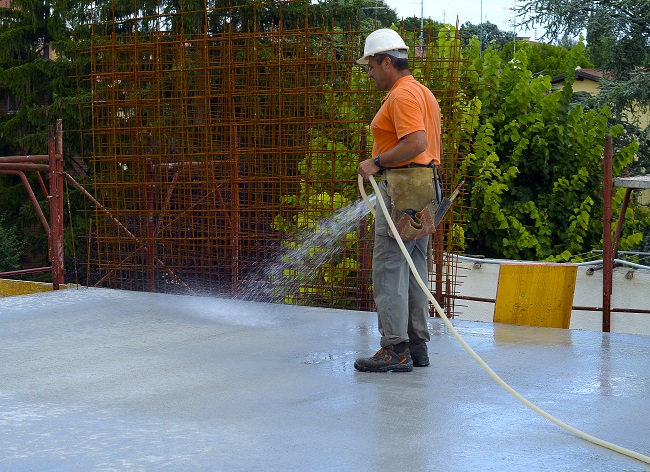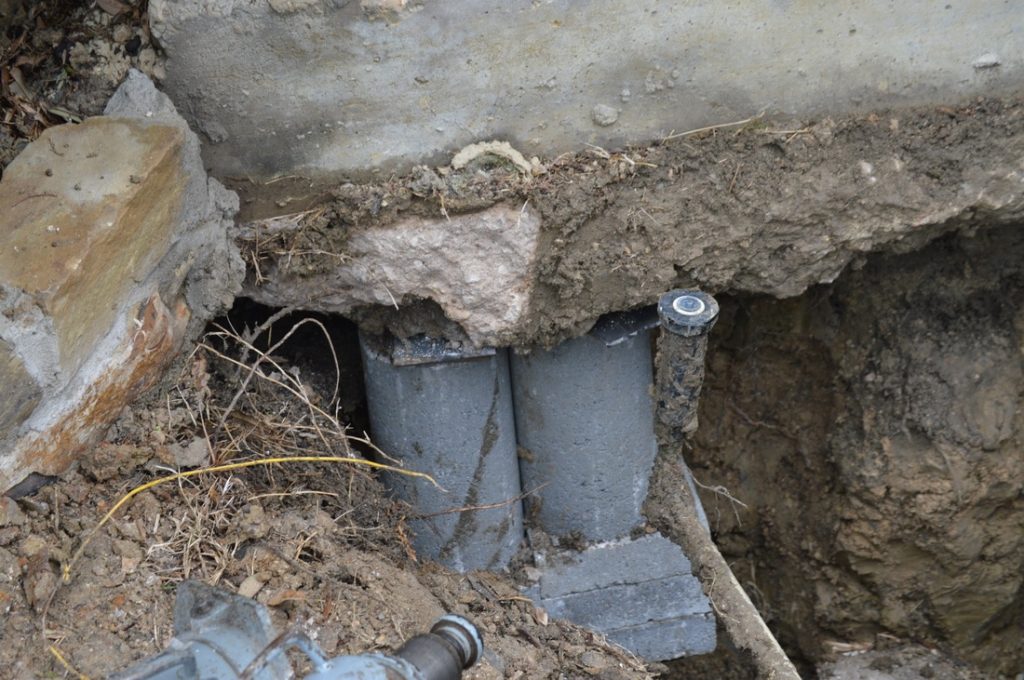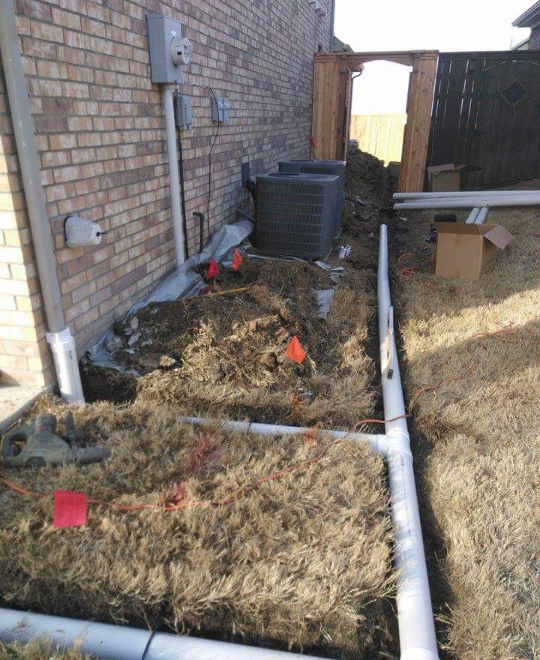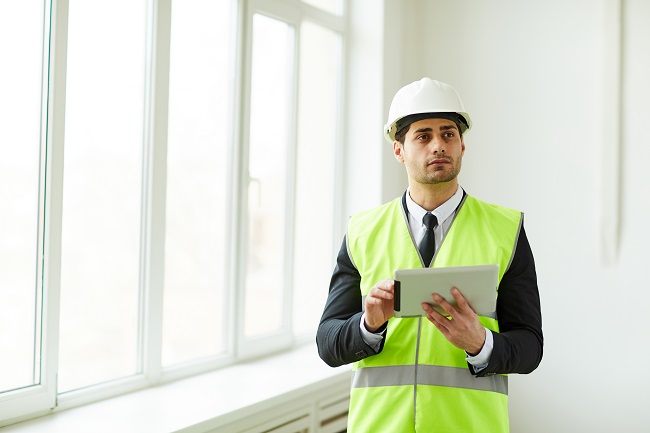Do you potentially have a foundation problem in your home? We have all heard the horror stories about the cost of foundation repair. So it is easy to look at that potentially problematic foundation crack and take the wait and see option rather than having it repaired. However, this inaction will have consequences for your home, and some you may not expect. So what happens when you ignore foundation problems?
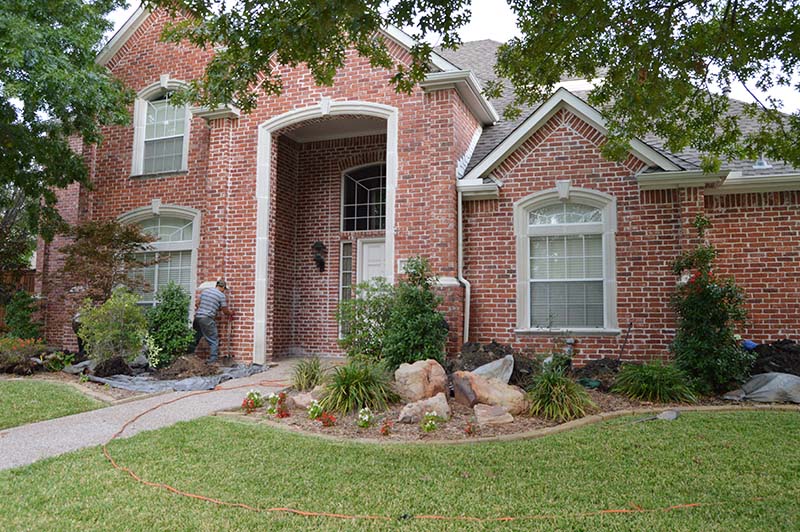
Insect and Rodents Infestations
Rodents and insects don’t often walk in the front door. Instead, they squeeze in small gaps around your home’s exterior. If your foundation is shifting and settling, it can create entrances for these small creatures.
Plumbing Problems
Small shifts in your foundation can easily damage the plumbing that is woven within it. Plumbing problems in slab foundations, for example, can go unnoticed for years, but will run up your water bill and will eventually cause more noticeable damage.
If these plumbing problems start to happen in your crawl space, they can also attract insect and rodents as well as grow mold and mildew.
Wall / Interior Damage
If left unchecked long enough, foundation problems will make themselves known in other ways. It could be a crack running up your drywall or basement walls starting to bow inwards. These mean serious foundation issues and once they happen, you have to repair the damaged interior as well.
Increased Repair Cost
One of the biggest reasons to get a potential foundation issue checked out is that the longer you leave it and the worse it gets means that it will be more expensive to repair. Those foundation repair cost horror stories come from homes that did nothing to repair foundation problems before they became catastrophes. If you spot it early, it costs only a fraction to repair it.
Do you have foundations problems? These problems only beget more problems that increase the cost of repair. If you want to catch and repair foundation problems early, contact us today.

